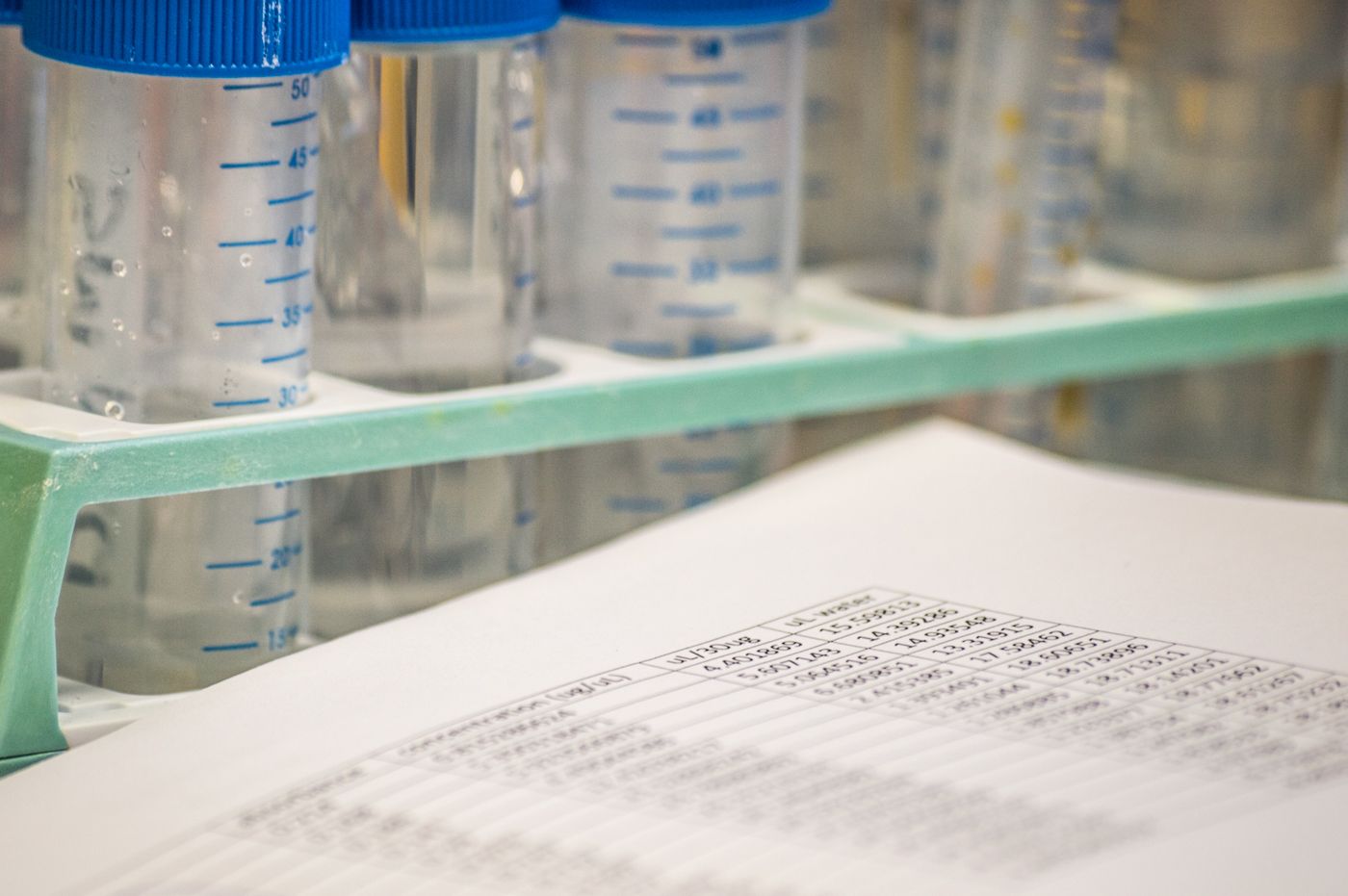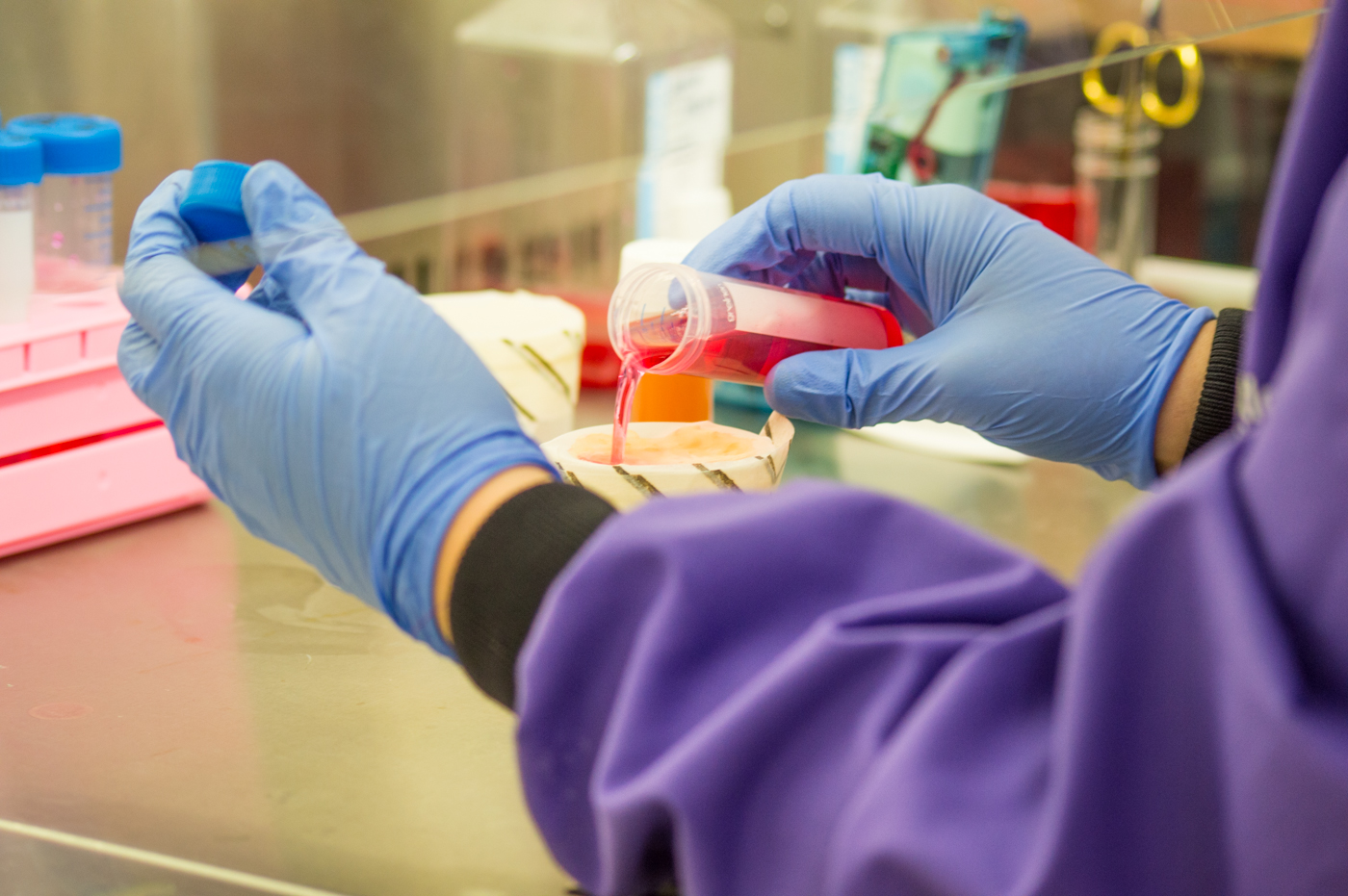Therapeutics and Technologies
Therapeutics and Technologies

Discovery and Development of Anti-Fibrotic Molecules
The NFRG engage in the discovery of new molecular targets which upon engagement with small molecule inhibitors prevent the progression of fibrosis. They also collaborate extensively with colleagues in the pharmaceutical and biotechnology sector to help with pre-clinical evaluation of new medicines prior to studies in man.
Recent examples include inhibitors of the deubiquitinase UCHL1 and a pan-PPAR agonist in liver disease and validation of the drug Anakinra as a therapeutic target in athrofibrosis.
Technologies for Improved Investigation of Fibrosis Biology
A key goal of the NFRG is to engage in technology developments that enhance the ability to carry out discovery science and unlock new therapeutic opportunities. Our advances include immune-nanoparticles for selective drug targeting to myofibroblasts, quantitative imaging of fibrosis in experimental models of liver damage and a new model for studying the pathology of the chemotherapy-induced liver disease, sinusoidal obstruction syndrome.
We will also soon be reporting major technology advances for modelling fibrosis with human liver and lung tissue slices.

Our major publications on epigenetic research
A potential mode of action for Anakinra in patients with arthrofibrosis following total knee arthroplasty View >
Ubiquitin C-terminal hydrolase 1: A novel functional marker for liver myofibroblasts and a therapeutic target in chronic liver disease View >
The New-Generation Pan-Peroxisome Proliferator-Activated Receptor Agonist IVA337 Protects the Liver From Metabolic Disorders and Fibrosis View >
A Proof-of-Concept for Epigenetic Therapy of Tissue Fibrosis: Inhibition of Liver Fibrosis Progression by 3-Deazaneplanocin A View >
A new fluorescence-based optical imaging method to non-invasively monitor hepatic myofibroblasts in vivo View >
Pathogenesis of FOLFOX induced sinusoidal obstruction syndrome in a murine chemotherapy model View >
